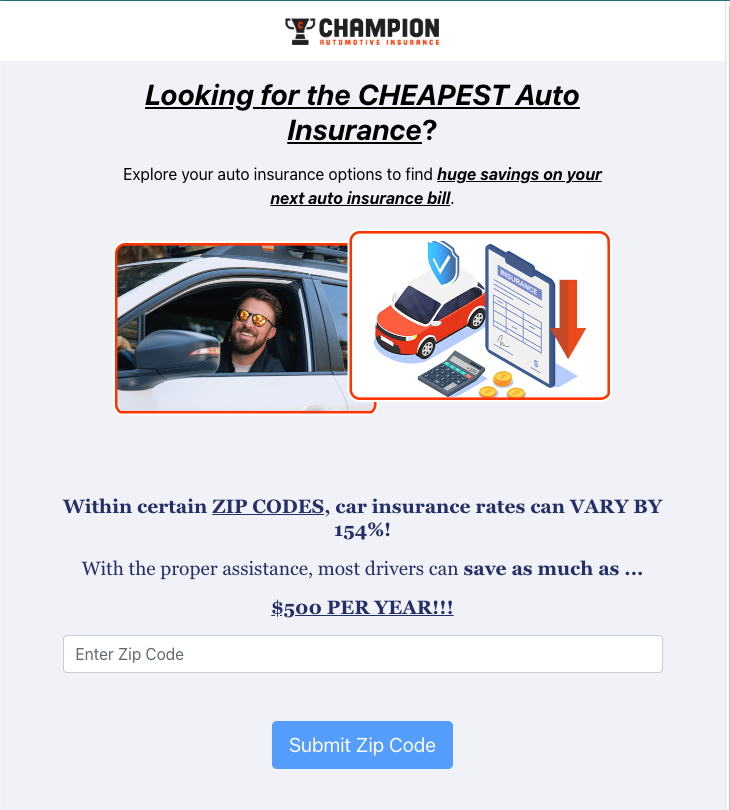6️⃣ Disability Insurance: Your Backup Plan If You Can’t Work
I’ll be honest—disability insurance was something I used to skip right past when filling out HR paperwork. I thought, “I’m young, I’m healthy, and I work on a laptop. What’s the worst that could happen?”
Then a friend of mine, perfectly healthy in her 30s, slipped on wet stairs, broke her leg badly, and was out of work for six months. Her income vanished, but her rent and bills didn’t stop.
That’s when I realized disability insurance isn’t about expecting the worst; it’s about protecting your income if the worst happens.
What Disability Insurance Actually Is
Think of disability insurance as income insurance. If you get sick or injured and can’t work, it replaces a portion of your income so you can still pay for your essentials—rent, food, utilities, and those never-ending bills—while you recover.
There are two types:
🩺 Short-Term Disability Insurance: Covers a portion of your income for a few weeks to a few months. Useful for recovery from surgery, childbirth, or short-term illnesses.
🩺 Long-Term Disability Insurance: Kicks in after short-term ends (or a waiting period) and can last for years if you can’t return to work.
“But I Have an Emergency Fund, So I Don’t Need It!”
That’s what I thought too. But here’s the thing: an emergency fund can help for a few weeks, maybe a few months. But what if you can’t work for a year or longer? Most people can’t keep up with expenses for that long without a paycheck.
Disability insurance bridges that gap, ensuring you don’t have to drain your savings, rack up credit card debt, or move back in with your parents if you can’t work temporarily.
The Odds Are Higher Than You Think
It’s easy to think, “That won’t happen to me.” But one in four people in their 20s today will become disabled before they retire, according to the Social Security Administration.
And it doesn’t have to be a major accident. Chronic conditions, back injuries, and mental health challenges can all leave you unable to work for a while.
How to Get the Best Disability Insurance Without Overpaying
✅ Check Employer Coverage: Many employers offer basic short-term and long-term disability plans, often at low or no cost to you. But these may only cover a portion of your income.
✅ Consider a Private Policy: If you’re self-employed or want more comprehensive coverage, a private disability policy ensures you’re protected beyond what your employer offers.
✅ Calculate Your Coverage Needs: Aim for a policy that covers 50%-70% of your income, enough to cover essentials while you recover.
✅ Understand the Waiting Period: Policies have elimination periods (waiting times before benefits start). Longer waiting periods can lower your premium if you have some savings to cover initial expenses.
✅ Review Annually: As your income grows, ensure your disability insurance keeps up so you’re not underinsured.
Final Thoughts
You insure your car, your phone, and your home—but your ability to earn an income is your biggest asset. Disability insurance is what keeps your life stable when you can’t work, allowing you to focus on getting better instead of stressing over bills.
Take a few minutes to check what coverage you currently have, see if it’s enough, and consider topping it up if needed. It’s one of the smartest financial moves you can make to protect your future.
